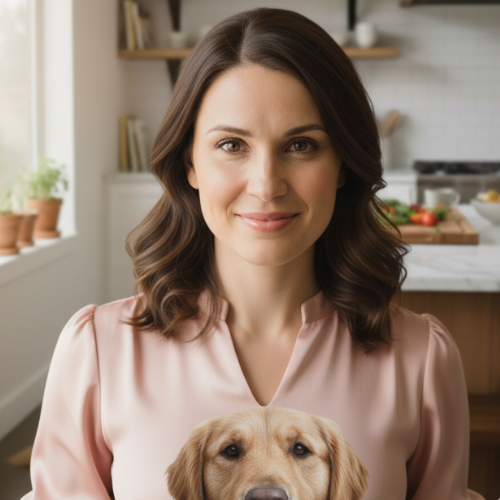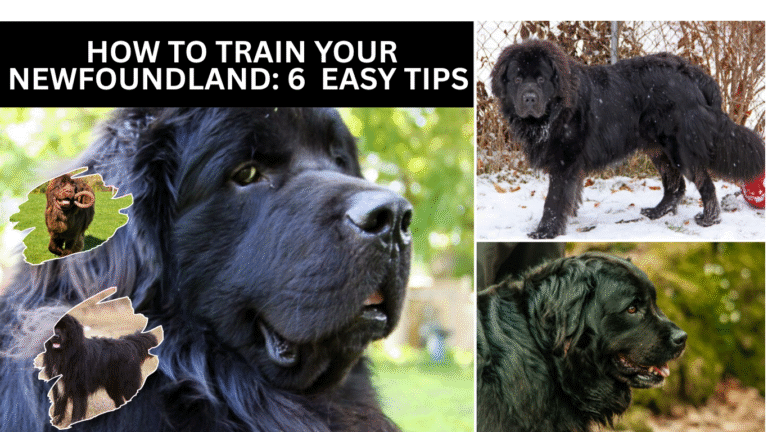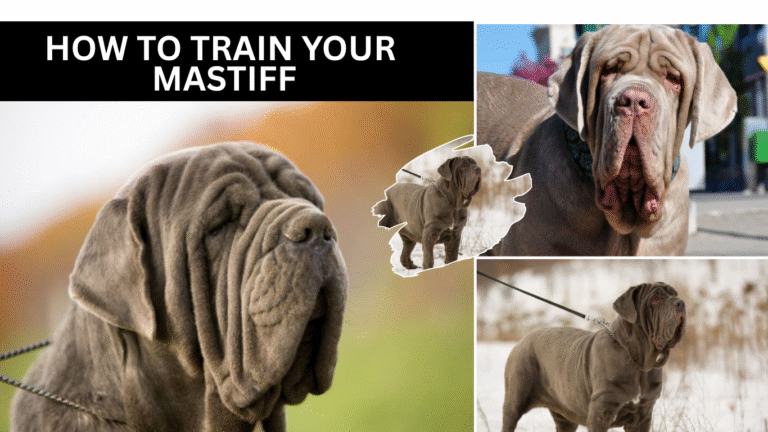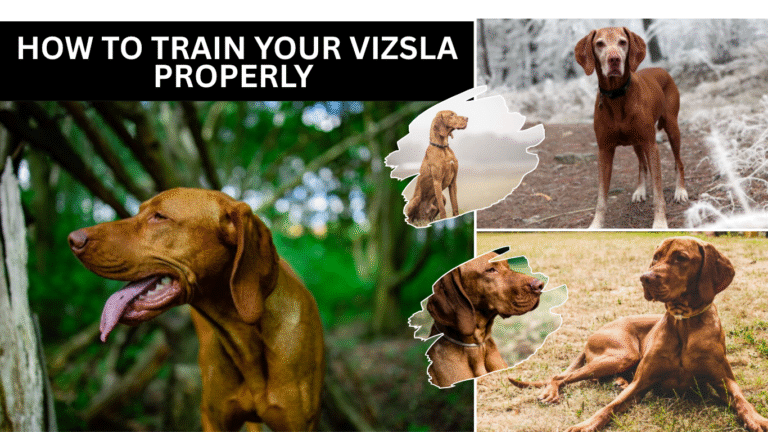10 Things You Should Avoid to Do with a Senior Dog
You’re in a stage where you really get to slow down and enjoy the little things with your dog. The pace changes, the routines shift, and you start noticing how much these quiet moments matter. Having a senior dog isn’t sad—it’s actually one of the sweetest parts of dog ownership. But at the same time, it means you need to pay closer attention to what they need and how they’re feeling, because they rely on you even more now.
This part reminds you that the things you avoid doing are just as important as the things you should do. It’s not about making rules or being strict—it’s simply about helping your older dog stay as comfortable and happy as possible. A few small changes from your side can make a big difference in how they feel every day.
Before diving into the list, you’re basically being told, “Hey, these are the mistakes you should avoid if you want your dog to enjoy their senior years.” It’s like a friendly heads-up from someone who’s been there and wants to make things easier for you.
1. Don’t Skip Regular Vet Visits
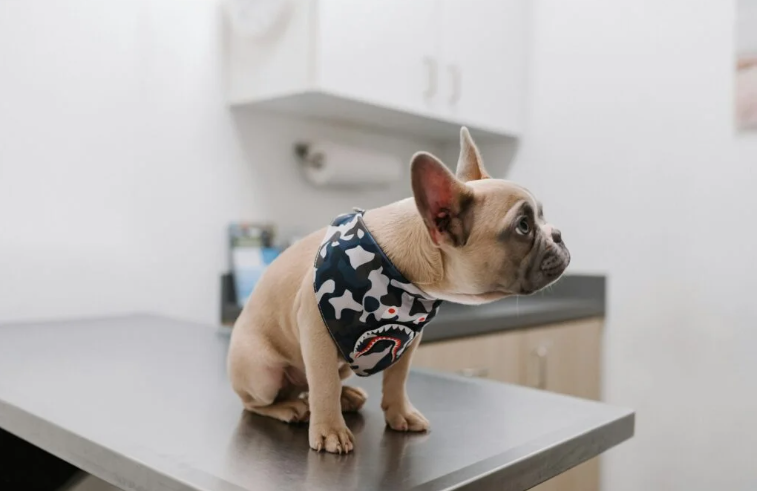
As your dog gets older, regular check-ups become a must, not a maybe. Even if your dog looks fine on the outside, things can be happening internally that only a vet will catch. You might feel like skipping a visit saves time or money, but catching issues early actually saves you more in the long run—and it keeps your dog comfortable instead of struggling with something you didn’t notice.
2. Don’t Overfeed Them
It’s hard to resist giving treats, especially when your dog looks at you like you’re the only person in the world who understands them. But once they hit their senior years, extra food doesn’t do them any favors.
Too much weight puts strain on their joints and makes everyday movement harder than it needs to be. You might need to adjust how much they eat and be a little more mindful—you’re not denying them love, you’re helping them feel better physically.
3. Don’t Skip on Exercise (But Don’t Overdo It Either)

Just because your dog is older doesn’t mean they should sit around all day. They still need movement to keep their muscles working and their body flexible.
But now you have to be the judge of what’s “just enough” instead of “too much.” Short walks or easy play sessions are perfect. Your dog might still think they can run like they used to, but their body won’t always agree, and that’s where you step in and guide them.
4. Don’t Ignore Behavioral Changes
When your dog starts acting differently—avoiding stairs, hesitating to jump, sleeping more, reacting strangely to touch—these are signs that something isn’t right.
It’s easy to dismiss these things as “just old age,” but many times these behaviors are your dog trying to show you that something hurts or something feels off. You have to pay attention, because they depend on you to notice what they can’t say.
5. Don’t Assume They’re Deaf (Even if They’re Acting Like It)
Sometimes your dog really doesn’t hear you. Other times they hear you and choose not to respond—yes, it happens. Before you assume they’ve lost their hearing completely, try different sounds or ways of getting their attention.
If they respond, then you know they’re still hearing something. If they don’t, then you can start making small adjustments at home to help them feel more supported.
6. Don’t Skip Dental Care

Aging doesn’t just affect their joints or energy—your dog’s mouth changes too. If their teeth or gums start causing problems, it affects their entire body, not just their breath. You don’t have to force brushing if it’s a struggle, but you do need some form of dental care so they aren’t dealing with pain or infections that could have been avoided.
7. Don’t Let Them Overexert Themselves
Your dog might still have the heart of a puppy, but their body is not the same as it used to be. They may try to keep up with younger dogs or push themselves harder than they should. It’s your job to know when to slow things down.
If you see them panting heavily or moving stiffly afterward, that means they went past their limit. You have to be the one who steps in and says, “Alright, that’s enough for today.”
8. Don’t Change Their Environment Too Drastically

Senior dogs thrive on predictability. When you suddenly move things around, introduce new pets, or make big changes in the house, it can confuse or stress them.
They like knowing where everything is and what’s supposed to happen next. If you need to change something, doing it gradually helps them feel secure instead of overwhelmed.
9. Don’t Neglect Their Mental Stimulation

Even though their body slows down, their mind still needs activity. They get bored just like younger dogs. Giving them new things to smell, simple tricks to learn, or small puzzles to figure out helps them stay sharp. It’s not about pushing them—it’s about giving them something that makes their day more interesting and enjoyable.
10. Don’t Forget to Love Them Like Crazy
This is the most important part. Your senior dog isn’t the same as they used to be, but you’re still their favorite person in the world. These years go by faster than you think, so you want to make them count—extra cuddles, more gentle attention, moments where you slow down together. You’re not just caring for a pet; you’re caring for a lifelong friend who’s given you everything they could.
Conclusion of Things You Should Avoid to Do with a Senior Dog

Caring for a senior dog isn’t about doing everything perfectly—it’s about being present and paying attention to what they’re trying to tell you. These are the years where you really get to see the depth of your bond with them. With a little patience, a few adjustments, and a lot of love, you can make this stage of their life incredibly warm and peaceful. They’ve spent their whole life loving you, and now you get to return that care in a way that truly matters.


